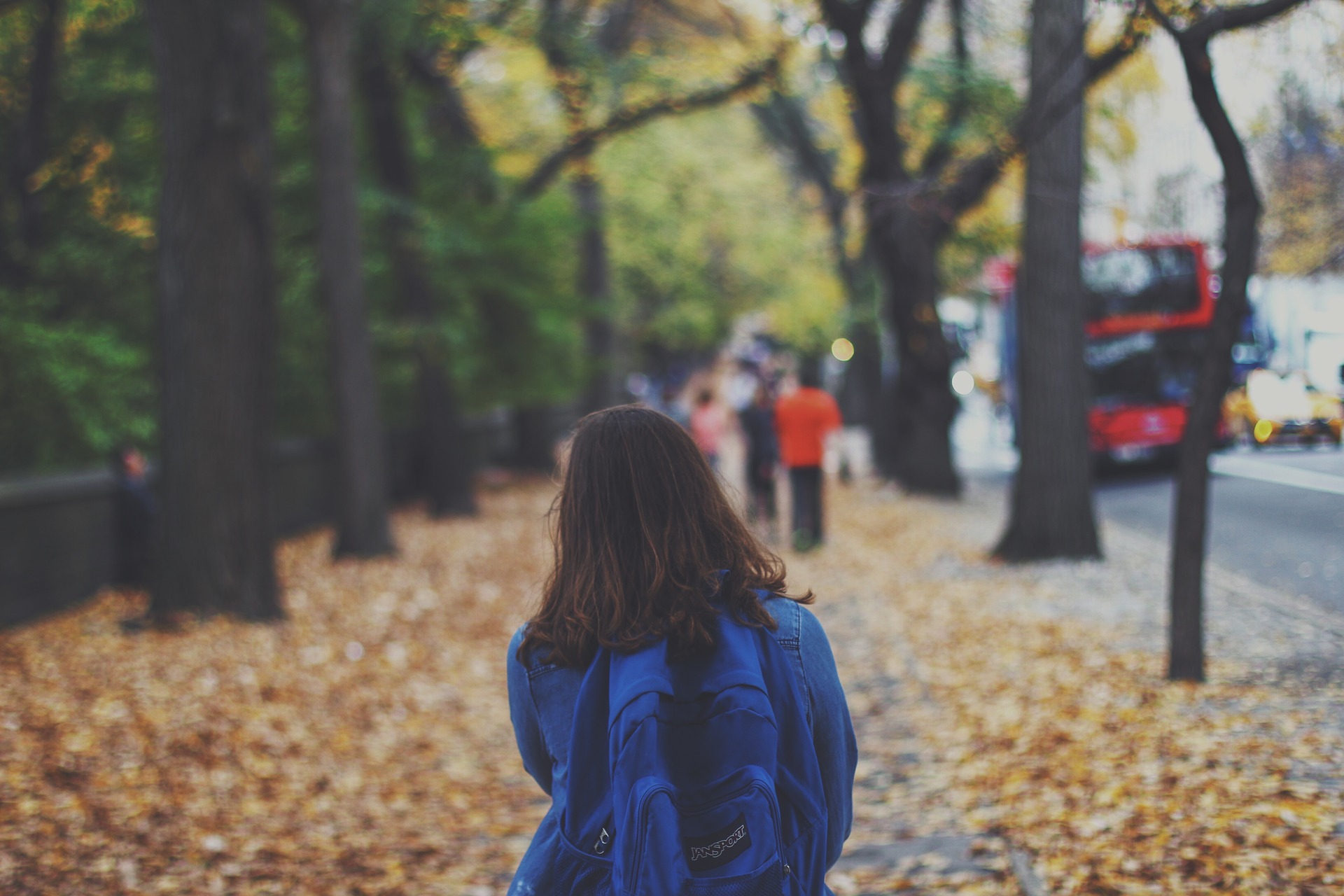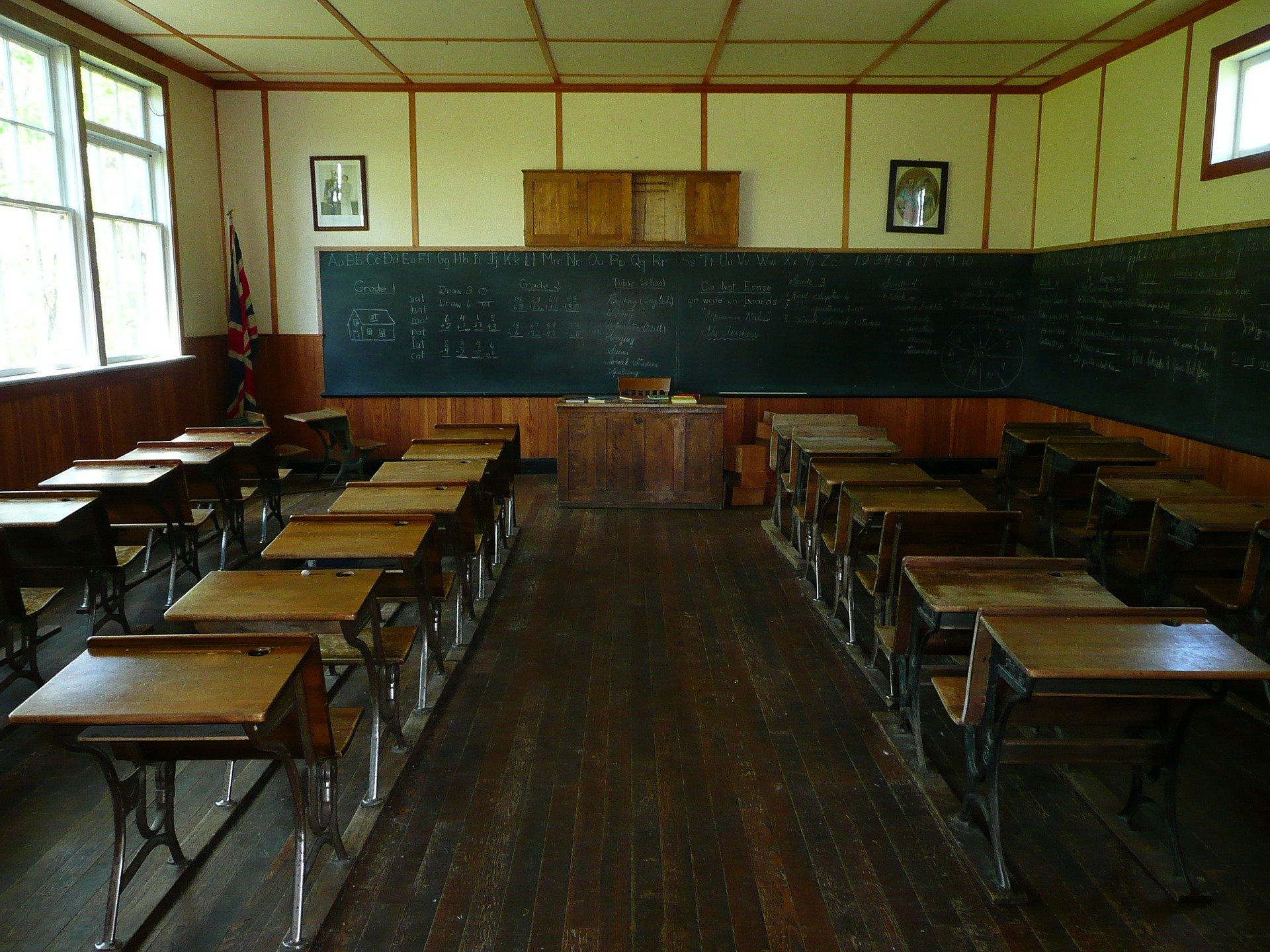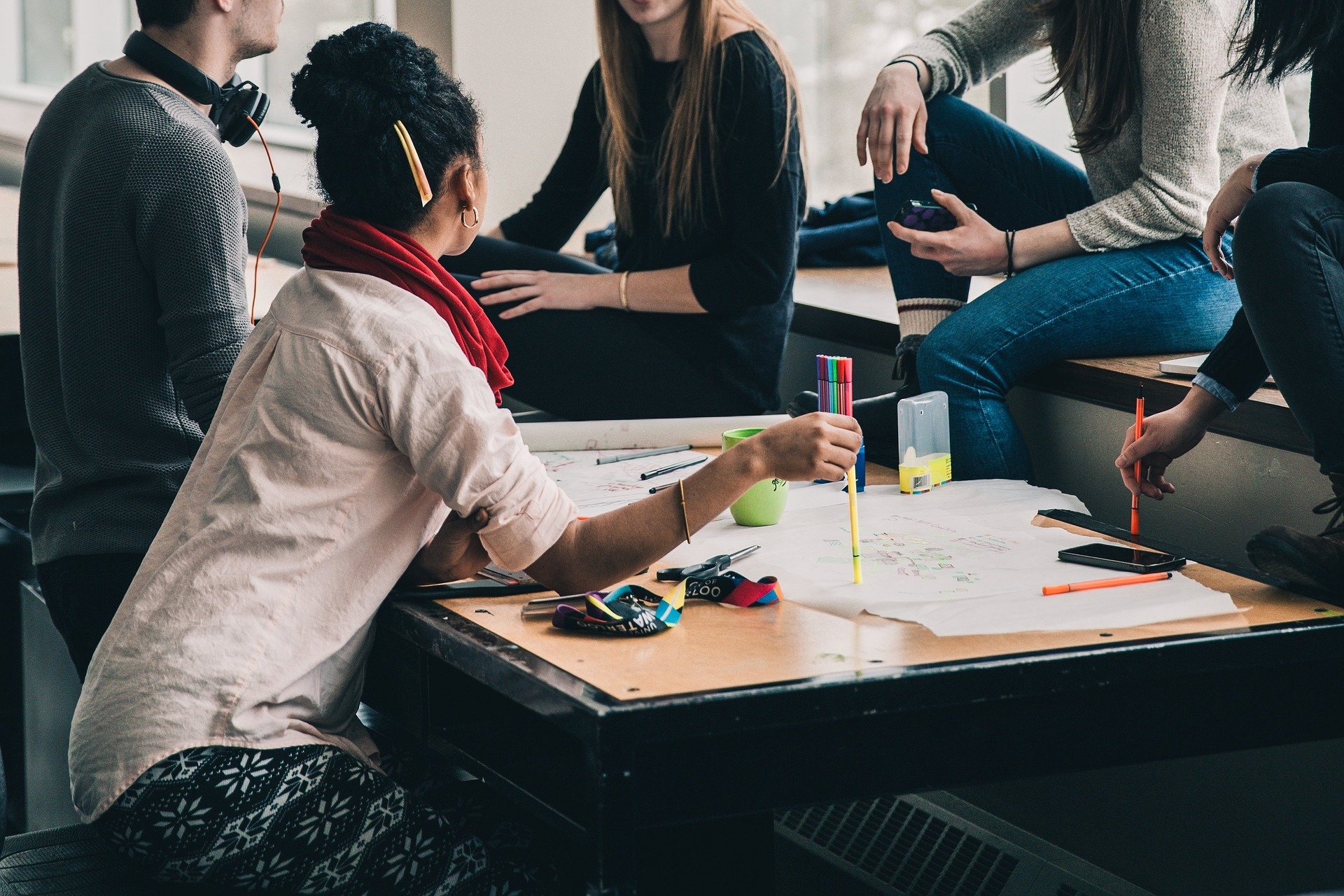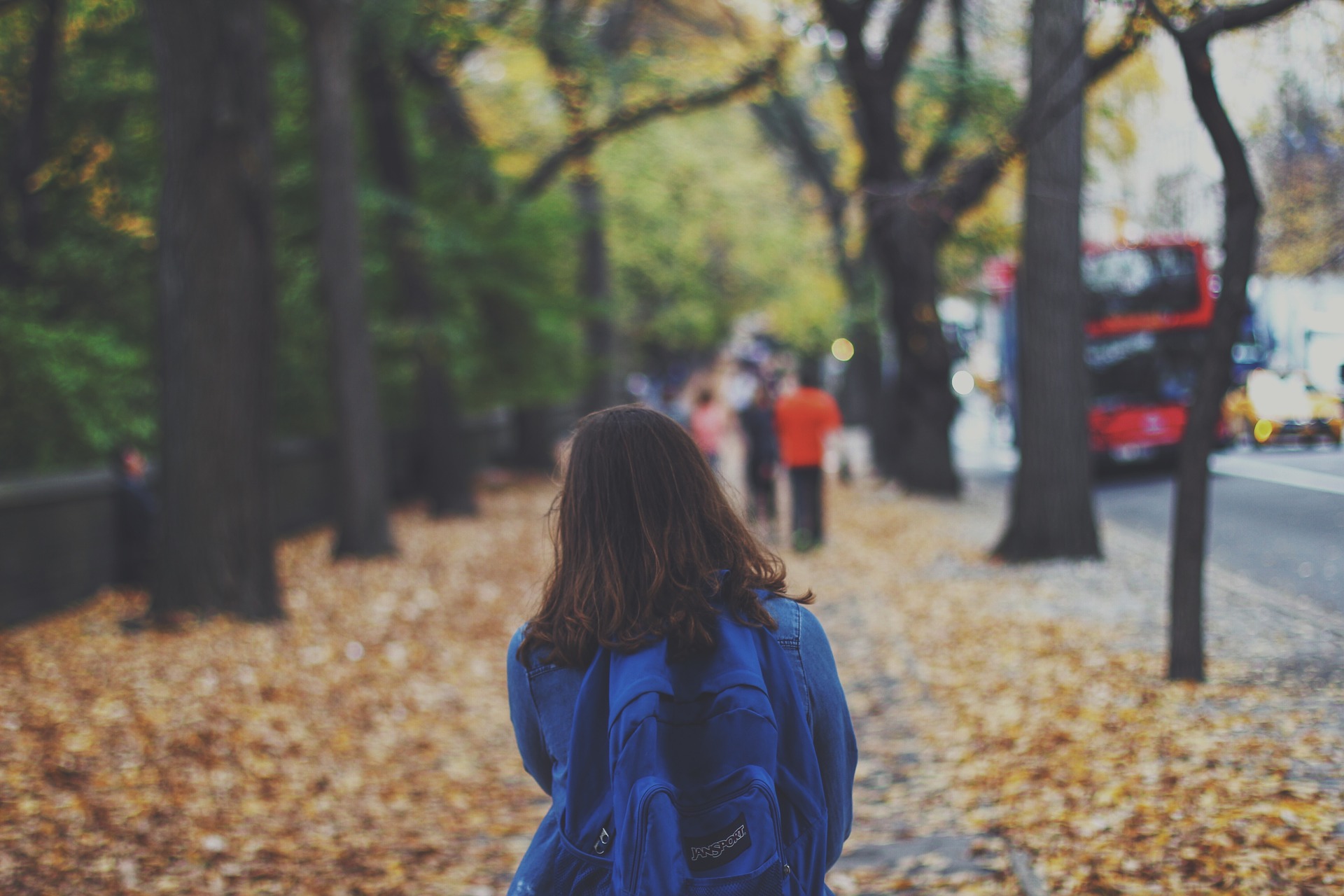We are all tired of being locked-in inside our homes due to the COVID-19 pandemic. Whether we are a teacher, administrator, student, or parent, we can’t wait for school to open up and things go back to normal, right?
Wait … what “normal” are we talking about?

The pandemic and physical distancing provided an opportunity to re-evaluate our lives in many ways. For those who had always been busy with little time for families, we learned that too much togetherness could create conflicts. For those who were successfully managing time at work had to redefine productivity while working from home. For schools, too, issues that we never had time to address before could no longer be ignored, and before we come back to school (in the physical sense), purposeful preparation for “the new normal” is necessary.
Old Problems Surfacing in Physical Distancing
A teacher is feeling anxious to meet the students again who had practically disappeared in distant learning. Students who come from a U.S. sub-group (e.g., POC, single-parent households, low-income communities) learn very early on how their home experiences are different from their classmates’ and teacher’s, and they become gradually silenced in schools. Through racial-socialization, they learn not to speak up, do the expected minimum, and find elsewhere (outside of schools) to express themselves. Distant learning did not make them disappear from academic settings, rather, they had been gone cognitively and socially long before that. The distant learning only made the absence more visible to the teachers.
An Asian-American middle schooler is wondering if her friends still like her after hearing about racial harassment against Asian-Americans. The subtle and nuanced racism has always been an undercurrent in U.S. schools, and microaggressions were everywhere. COVID-19 did not create the prejudice against Asians, but simply amplified it. If not treated explicitly, the confusion students bring back will become a barrier to creating a new community.
A middle-class parent is frustrated about the low academic rigor revealed during distant learning. The schools may attempt to explain how the sudden change with virtual instruction led to unengaging content. But for those of us who have worked intimately with schools, we know the problem had existed before, too, that students spent the majority of their school days working on simple worksheets and solving the same 20 problems (of minor variation) to get the “A”s. As teachers, we felt we never had time to make changes. Distant learning did not make school learning unmotivating, it only brought parents’ attention to it.

What We Can Do Now to Prepare for School Opening as Educators
Now is the ideal time to anticipate and prepare for a new school opening. First, we all must be fully onboard with the expectation that our schools will not be the same when they open up again, and we will have to create a new normal. When we come together physically, we will be looking for what was familiar to us from before, but we must also be cognizant of the fact that whatever appears familiar in the new normal could only be an inch-deep, and it is important for teachers and administrators to understand what may be going on underneath it and be prepared to work with new problems (and old problems surfacing as new).
Second, we want to gather and brainstorm how different the school could be when they open. Depending on the school and district contexts, locations, sizes, and communities, there would be specific and unique newness that you want to focus on. For example, after being told to learn from distance for months, students would question why they’d have to come to school every day. We would need to change classroom settings, too, so that students are safely distanced from each other while learning, with hand washing and mask-wearing being a new part of the school day.
Third, in whatever each school and district anticipate as new, social and emotional safety must come first. While school days are restructured, you may create individual check-in time with students, schedule group therapy and meditation periods, and closely collaborate with school counselors. Each school and/or grade level wants to decide clear and developmentally-appropriate ways to communicate with students and parents what to expect in the coming weeks, explaining why changes are important and how they will happen.

As we create a new normal in schools together, there will be a lot of questions and curiosities, leading to new learning. When students bring various levels of uncertainties, schools must acknowledge them, provide clarity as much as possible, while being honest that we may not have all the answers right now. Be upfront with students on how we will be there for them unconditionally and find the best answers together. As a school community, we can embrace this opportunity to become stronger together. Let’s envision the honest school where we address problems and integrate the solutions as a part of a new community.

Aki Murata, Ph,D, is an independent educational researcher, consultant, and coach, specializing in teacher education, professional development, mathematics teaching & learning, and social/emotional development. She welcomes feedback from the readers: [email protected]

